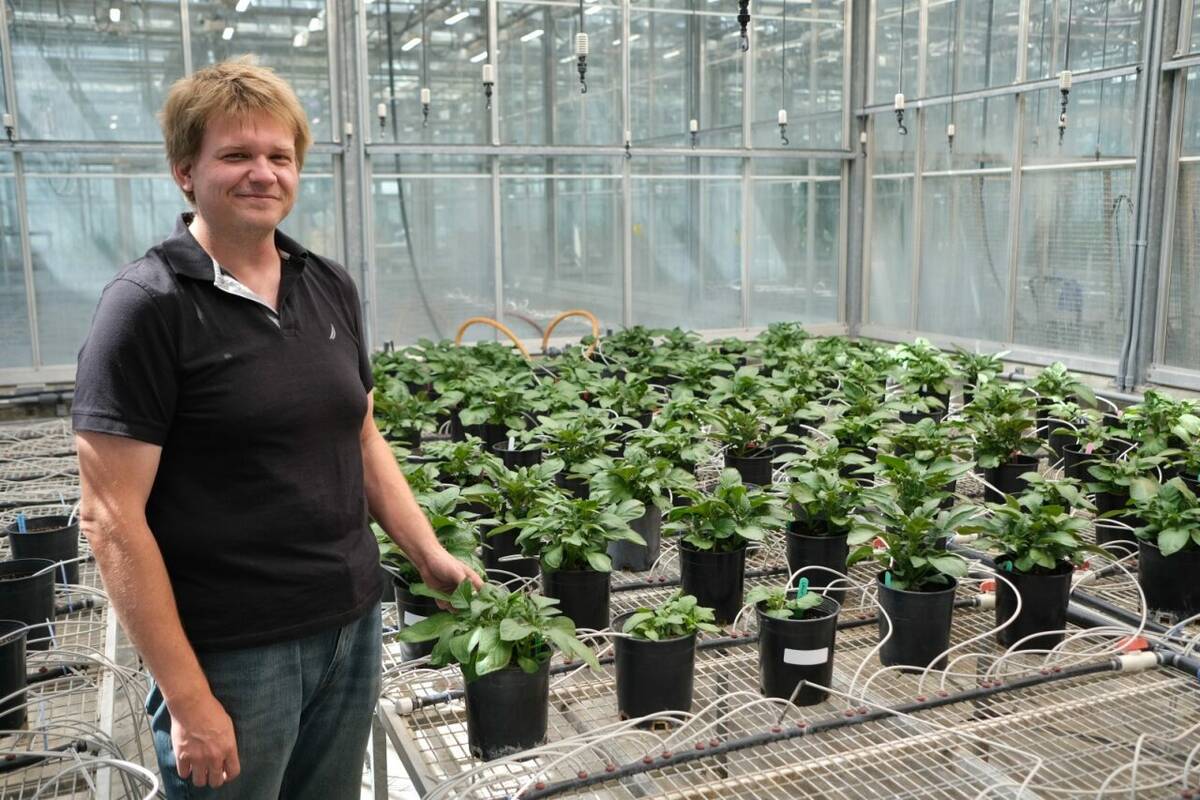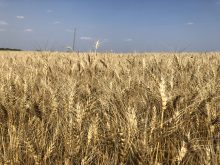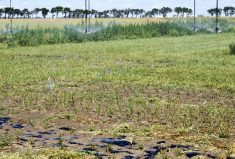Of all the things a farmer can’t control, grain grading seems to cause the most headaches after harvest.
“You all make your decisions during the year of what you’re going to seed, how you’re going to seed it, and what fertilizers and chemicals you’re going to use to try and maximize the profitability on your farm,” said Jim Smolik, assistant chief commissioner at the Canadian Grain Commission.
“But when you deliver to the elevator, that’s when your profits can actually get eaten.”
Read Also

Hail research hopes to benefit potato growers
Alberta research scientist measures hail storm and heat dome affects on potato crops
Grading grain can be “very subjective,” Smolik said at the Making the Grade workshop in late July.
The Canadian Grain Commission’s Harvest Sample Program takes some of the guesswork out of grain grading by offering a free — though unofficial — grade.
“It does give you a better understanding of what you’ve actually got in your bin,” he said. “If you’ve done a good job sampling, it gives you a good understanding of what you’ve got, and it allows you to go and market it.”
The Harvest Sample Program is also used to set grade standards and for research into things like maximum residue limits and factors affecting grade.
In addition to grading the grain, inspectors determine the protein content in cereals and pulses, as well as the oil, protein, and chlorophyll content in oilseeds. That information provides a good benchmark for producers to use when marketing their grain, said Smolik.
“If you want to come into an elevator and actually get paid for what you’re delivering, you need that benchmark,” he said.















